通信线路
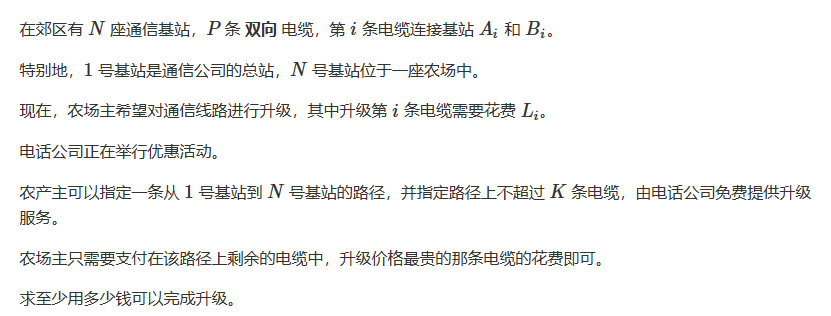
思路:我们考虑需要升级的那条电缆的花费,若其花费为 w ,那么从 1 到 n 的路径上,至多存在 k 条路径的价值大于 w ,这具有一定的单调性,当花费 w 越大,我们路径上价值大于 w 的花费会越少,由此可以进行二分,求出我们所需要的最小花费。
考虑如何写check 函数,根据上面所说,如果从1-n的路径上,其花费大于 w的数量小于等于 k ,那么即为合法。由此我们可以转化为,对于从1-n路径上的边,若其边权大于 w,则为 1,否则为 0 ,由此就转化为了从1-n的最短路径长度是否小于等于k,运用dijk跑最短路即可,又因为是 0/1边权,所以可以使用双端队列进行优化,整体时间复杂度为 : n l o g n nlogn nlogn
#include <bits/stdc++.h>
using namespace std;
const int N = 1e5 + 5;
typedef long long ll;
typedef pair<ll, ll> pll;
typedef array<ll, 3> p3;
int mod = 1e9+7;
const int maxv = 4e6 + 5;
// #define endl "\n"
int n,m,k;
vector<pll> e[N];
int d[N];
bool st[N];
bool check(int x)
{
deque<int> q;
memset(st,0,sizeof st);
memset(d,0x3f,sizeof d);
d[1]=0;
q.push_front(1);
while(!q.empty()){
auto t=q.front();
q.pop_front();
if(st[t]) continue;
st[t]=1;
for(auto [u,w]: e[t]){
w = w> x? 1: 0;
if(d[u]>d[t]+w){
d[u]=d[t]+w;
if(w==1) q.push_back(u);
else q.push_front(u);
}
}
}
return d[n]<=k;
}
void solve()
{
cin>>n>>m>>k;
for(int i=1;i<=m;i++){
int u,v,w;
cin>>u>>v>>w;
e[u].push_back({v,w});
e[v].push_back({u,w});
}
int l=0,r=1e6+5;
int ans=-1;
while(l<=r){
int mid=(l+r)/2;
if(check(mid)){
r=mid-1;
ans=mid;
}
else l=mid+1;
}
cout<<ans<<endl;
}
int main()
{
ios::sync_with_stdio(0);
cin.tie(0);
cout.tie(0);
int t;
t=1;
//cin>>t;
while(t--){
solve();
}
system("pause");
return 0;
}




![11.把学生的信息 (学号,姓名,性别,住址) 放入结构体[???]](https://img-blog.csdnimg.cn/b9e89df01a31406398aa9fecaaa6cedb.png)
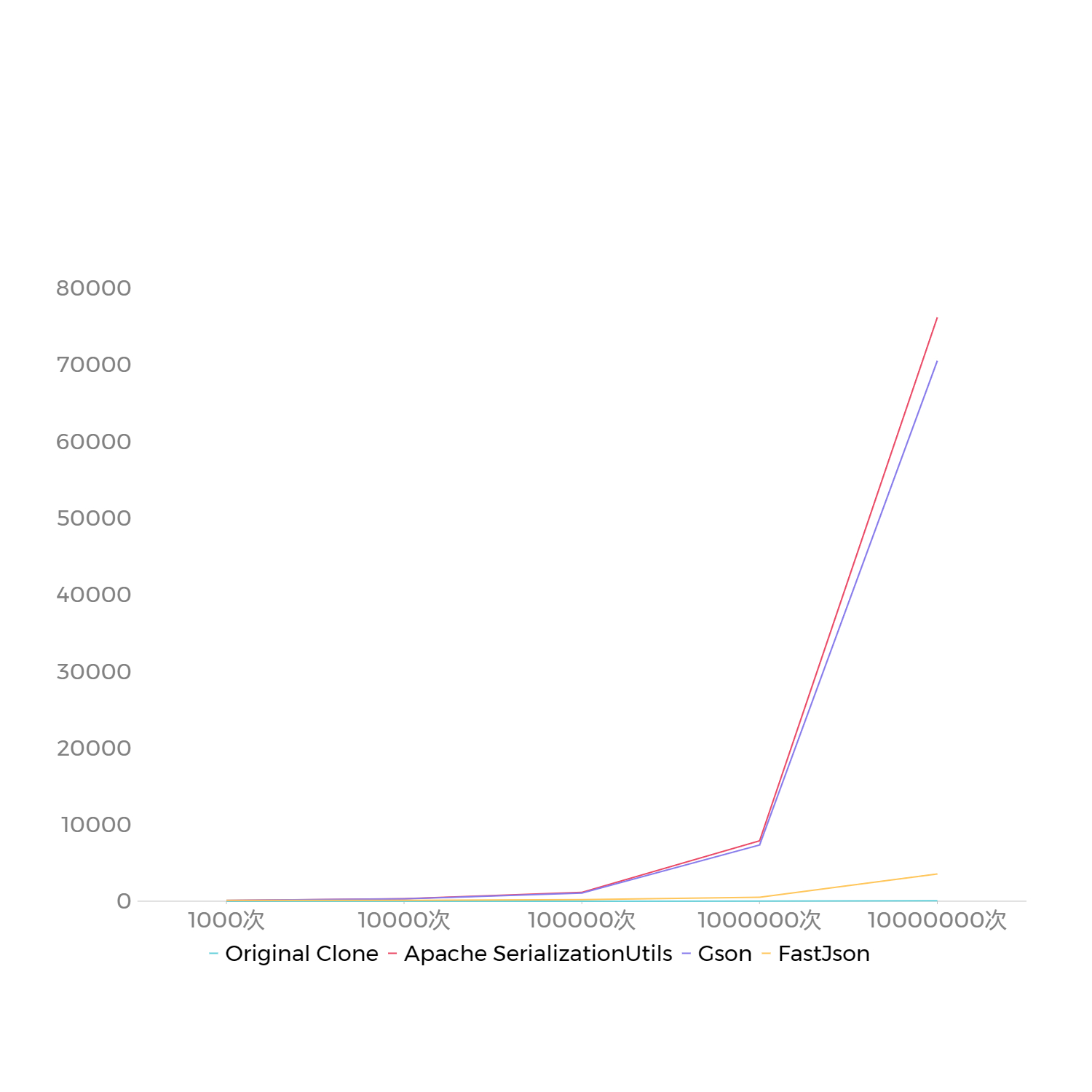






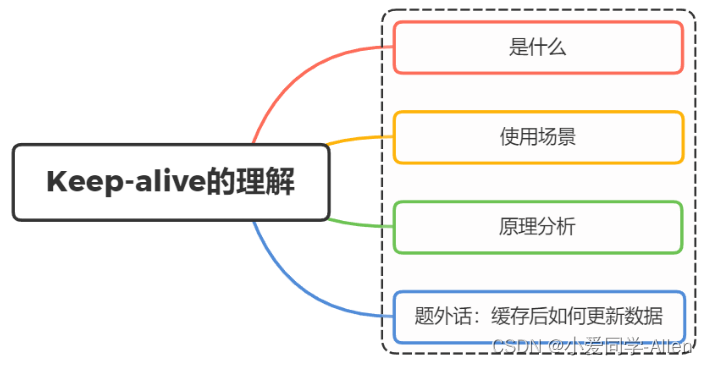


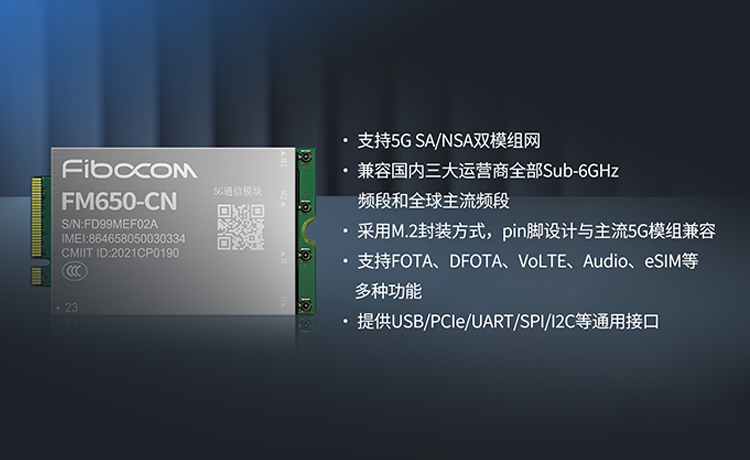
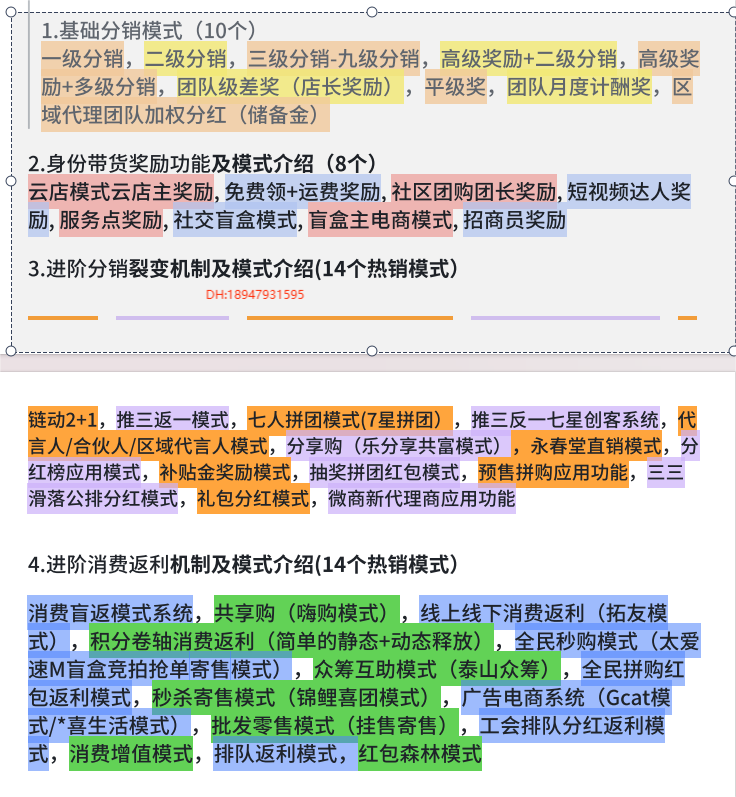
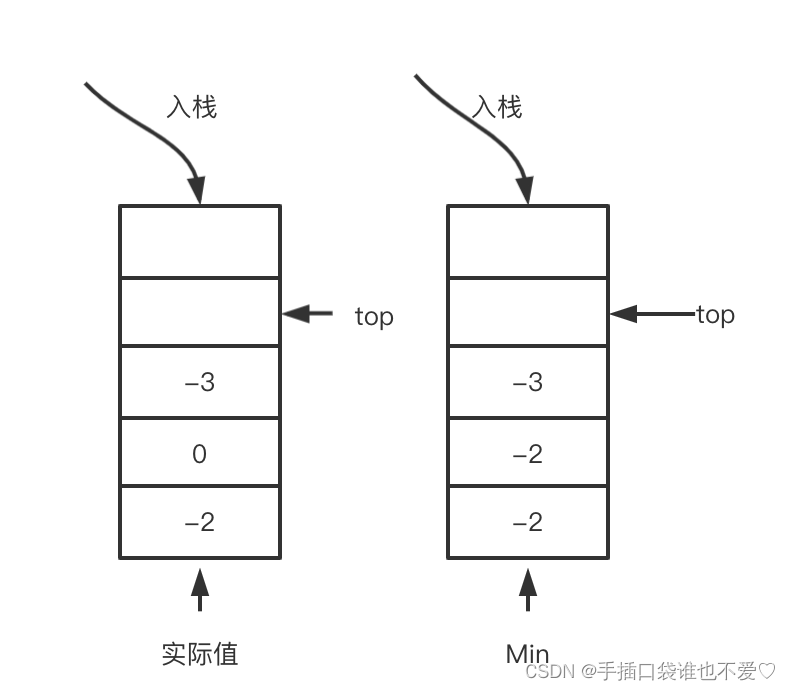

![[云原生案例2.2 ] Kubernetes的部署安装 【单master集群架构 ---- (二进制安装部署)】网络插件部分](https://img-blog.csdnimg.cn/6bd3240463d8467b9cab9706ccc431d2.png)